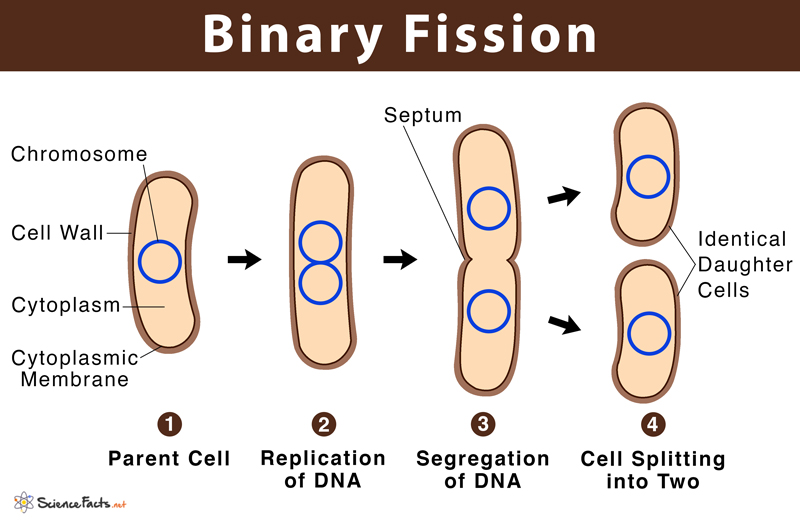
Fisheries workers have been known to try to kill the sea stars eating their clam or oyster beds by cutting them in half and throwing them back into the ocean. Figure 2 illustrates a sea star for which an arm of the individual is broken off and regenerates a new sea star. If the animal is capable of fragmentation, and the part is big enough, a separate individual will regrow.įor example, in many sea stars, asexual reproduction is accomplished by fragmentation. The large arm, a fragment from another sea star, is developing into a new individual.įragmentation is the breaking of the body into two parts with subsequent regeneration.

In hydras, a bud forms that develops into an adult and breaks away from the main body, as illustrated in Figure 1b, whereas in coral budding, the bud does not detach and multiplies as part of a new colony.įigure 2. Sea stars can reproduce through fragmentation. Budding occurs commonly in some invertebrate animals such as corals and hydras. Buddingīudding is a form of asexual reproduction that results from the outgrowth of a part of a cell or body region leading to a separation from the original organism into two individuals. Some sea anemones and some coral polyps (Figure 1a) also reproduce through fission. This process occurs, for example, in many asteroid echinoderms through splitting of the central disk. In other organisms, part of the individual separates and forms a second individual. Some unicellular eukaryotic organisms undergo binary fission by mitosis. After a period of growth, an organism splits into two separate organisms. Fissionįission, also called binary fission, occurs in prokaryotic microorganisms and in some invertebrate, multi-celled organisms. There are a number of ways that animals reproduce asexually.

An additional advantage of asexual reproduction is that colonization of new habitats may be easier when an individual does not need to find a mate to reproduce. On the other hand, the rapid rates of asexual reproduction may allow for a speedy response to environmental changes if individuals have mutations. In an unstable or unpredictable environment asexually-reproducing species may be at a disadvantage because all the offspring are genetically identical and may not have the genetic variation to survive in new or different conditions.

In a stable or predictable environment, asexual reproduction is an effective means of reproduction because all the offspring will be adapted to that environment. A single individual can produce offspring asexually and large numbers of offspring can be produced quickly. Asexual reproduction produces offspring that are genetically identical to the parent because the offspring are all clones of the original parent. A strategic effort on the part of all workers in the field is thus mandatory to combat emerging infectious diseases, as is financial support from national and international granting bodies and health authorities.Asexual reproduction occurs in prokaryotic microorganisms (bacteria) and in some eukaryotic single-celled and multi-celled organisms. It must be emphasised that typing results can never stand alone and need to be interpreted in the context of all available epidemiological, clinical and demographical data relating to the infectious disease under investigation. Finally, the issues of reporting, standardisation, quality assessment and international networks are discussed.

Criteria for their evaluation and application and the interpretation of their results are proposed. Newer and older, phenotypic and genotypic methods for typing of all clinically relevant bacterial species are described according to their principles, advantages and disadvantages.
FAST REPRODUCTION BY BINARY FISSION ENABLES BACTERIA TO UPDATE
We present here an update of these guidelines, taking into account the spectacular increase in the number and quality of typing methods made available over the past decade. Over a decade ago, ESGEM, the ESCMID (Europen Society for Clinical Microbiology and Infectious Diseases) Study Group on Epidemiological Markers, produced guidelines for optimal use and quality assessment of the then most frequently used typing procedures. For bacterial typing to be useful, the development, validation and appropriate application of typing methods must follow unified criteria.


 0 kommentar(er)
0 kommentar(er)
